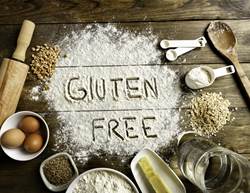Spicy foods. Fried fare. Tomato sauce. If you suffer from acid reflux, you probably already know exactly what not to eat or drink. But saying no all the time isn’t much fun. Is there anything that you should be eating and drinking more of? Happily, the answer is yes.
Think of the most common trigger foods as your standard comfort foods, explains gastroenterologist, Dr Niket Sonpal. We’re sure these delicious treats instantly popped into your head: red wine, caffeine like coffee, chocolate, peppermint, red meat, pasta sauces, hot chips, and heavier meals in general.
These can relax your lower oesophageal sphincter—the tiny valve at the base of your oesophagus—causing it to open when it shouldn’t. When this happens, the acid that should stay in your stomach can sneak up into your chest, Dr Sonpal explains. Cue the fiery hell that is heartburn.
What’s more, eating a larger-than-average meal can cause your stomach to expand, which requires more acid to break all of its contents down, putting even more pressure on the sphincter. And if you lay down right after eating or drinking a trigger food? The acid can more easily flow back up your throat, causing a sour taste in the mouth, heartburn, coughing, or even post-nasal drip, Dr Sonpal says. That’s why, if you’re prone to reflux, experts recommend eating smaller, more frequent meals and waiting a few hours before heading to bed after eating (or elevating your bed to reap gravity’s benefits).
While anyone can experience acid reflux, people who are overweight, are pregnant, eat a low-fibre diet, lay down shortly after eating, or don’t chew their food thoroughly are most likely to experience symptoms like heartburn, regurgitation, and even chest pain, explains dietitian Robin Foroutan.
But if you’re finding certain foods spur your reflux, then it’s possible others can help tame the burn. Here are seven foods and drinks that could help keep your stomach happy.
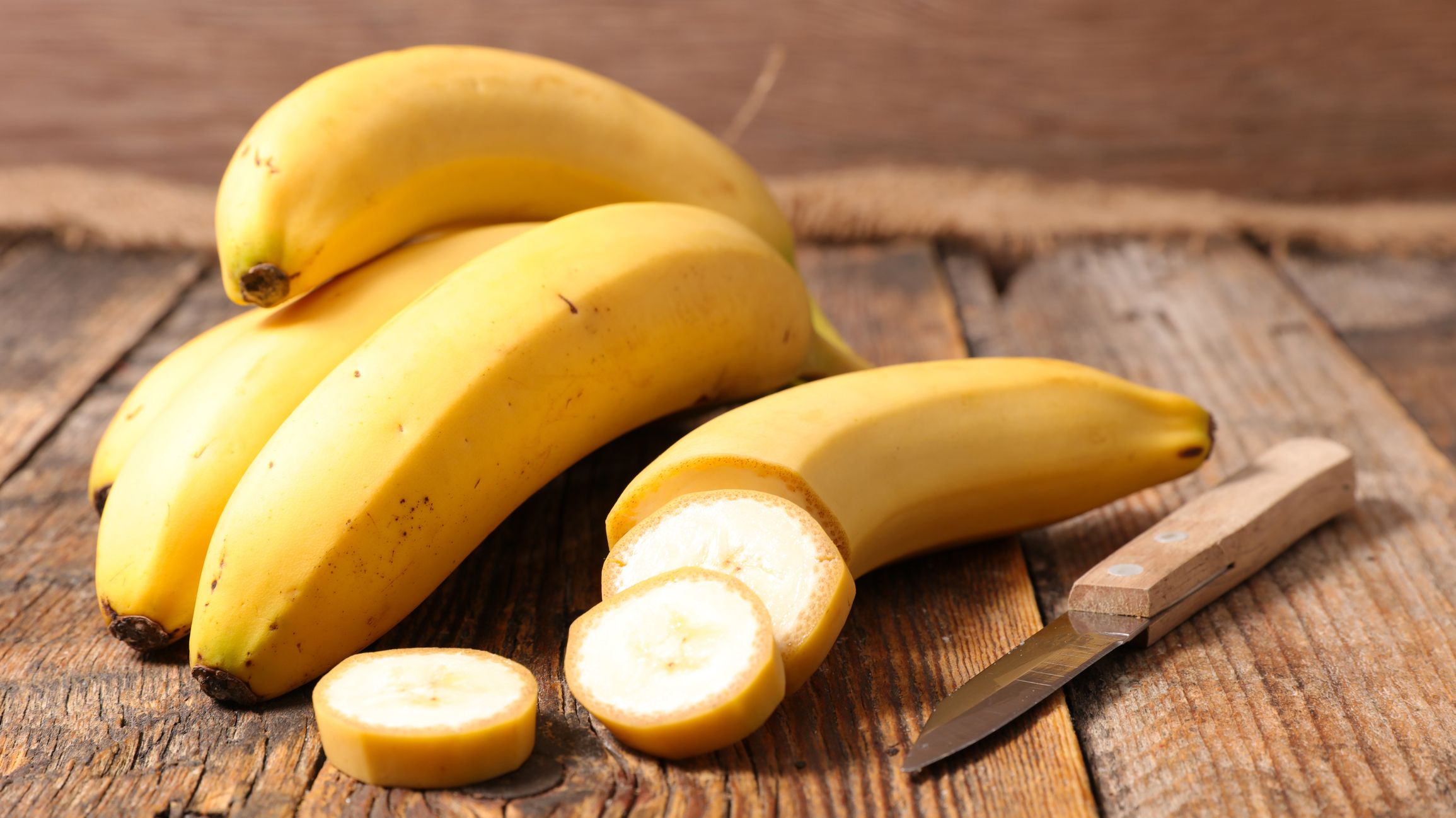
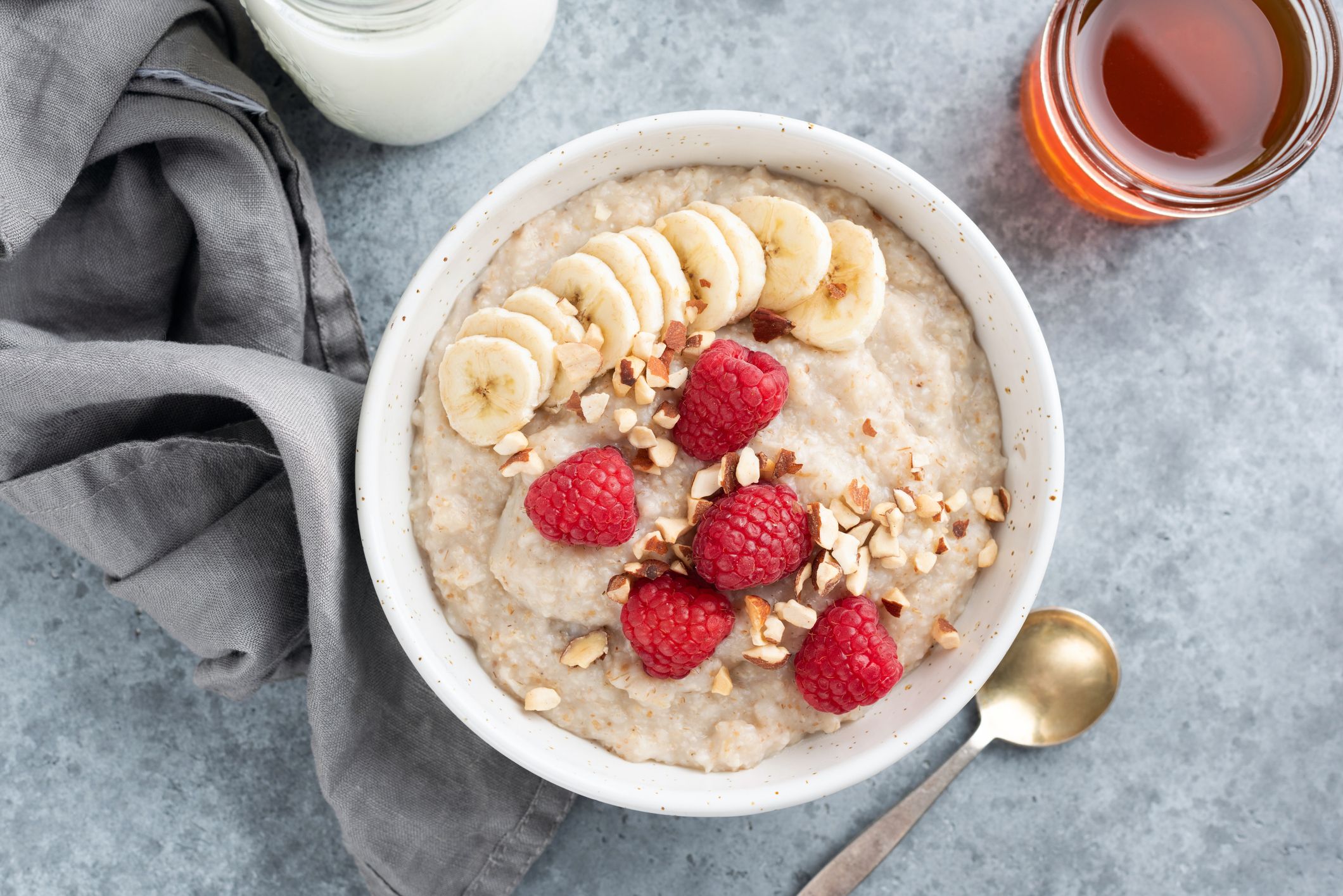

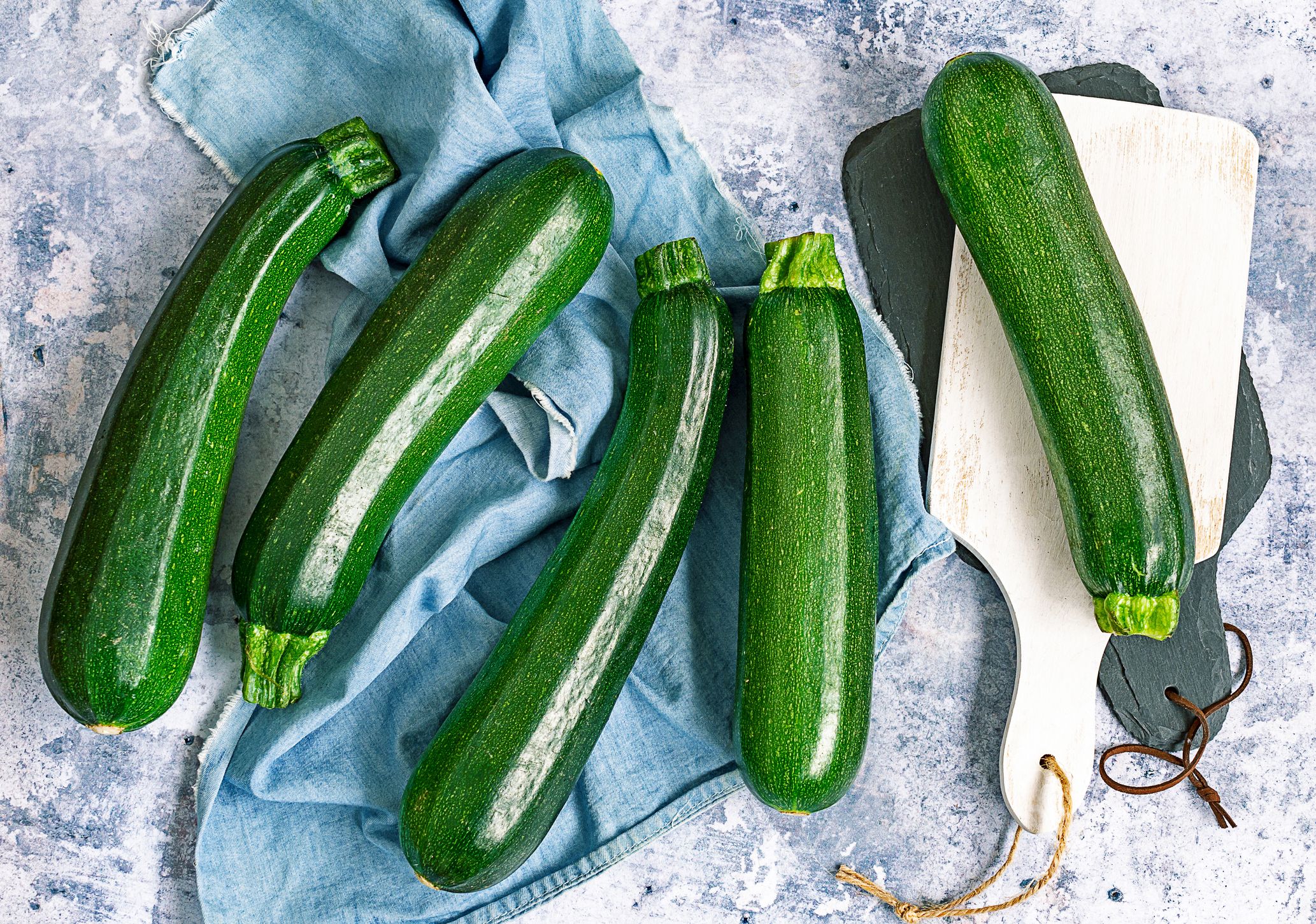
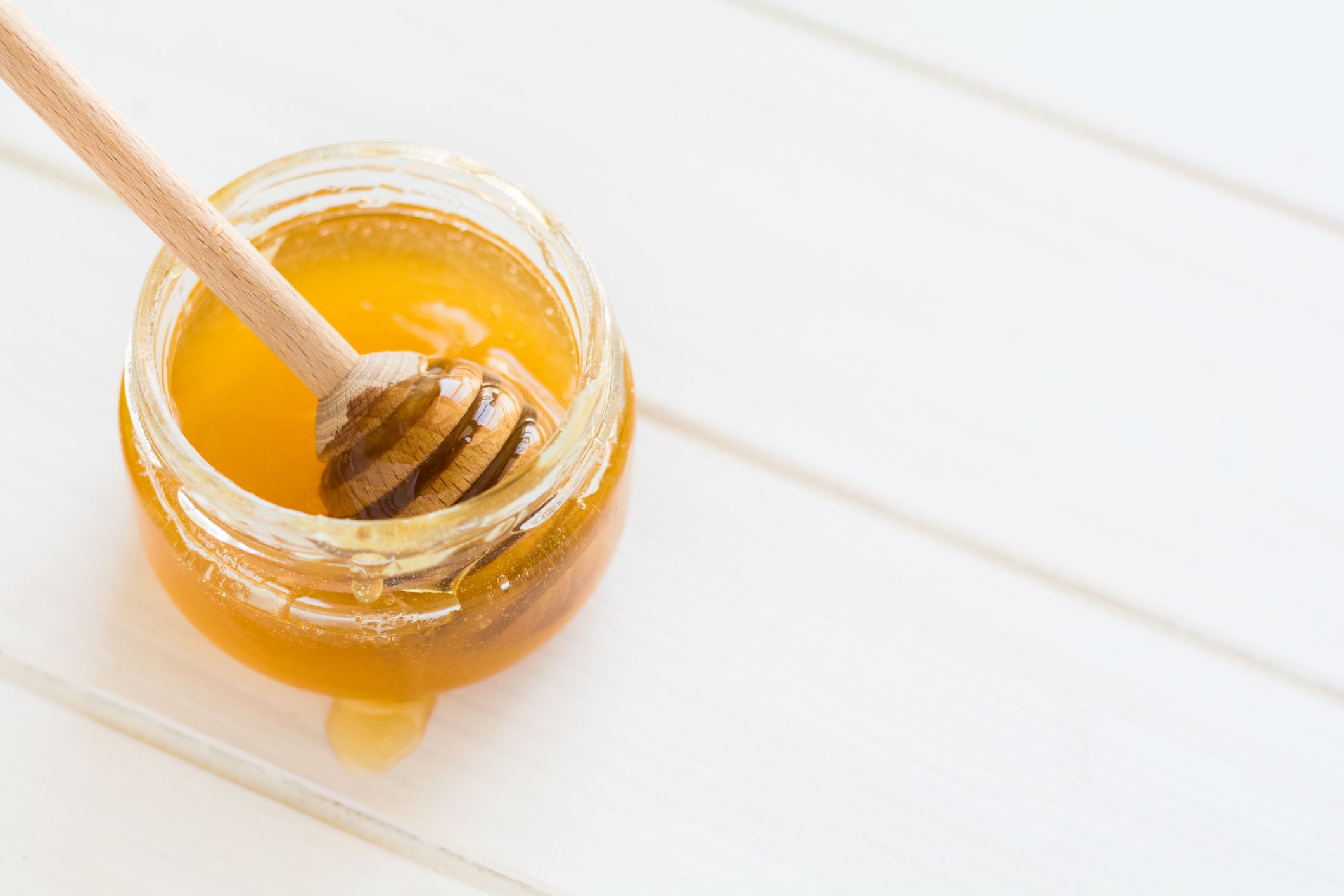
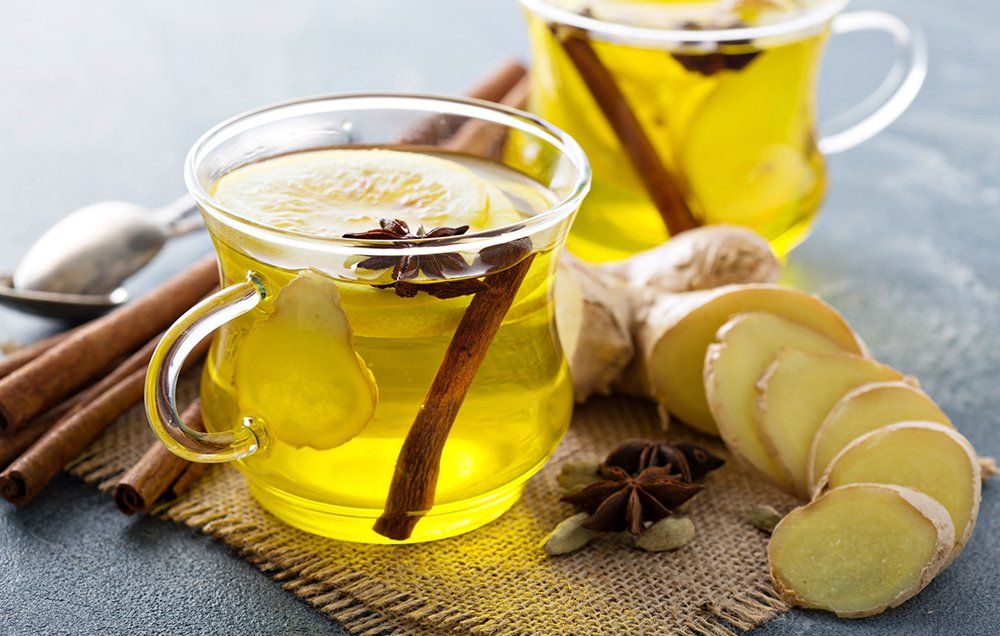

Yulia Reznikov ©Getty Images
Low-acid fruits
It’s no secret that highly-acidic fruits like oranges, grapefruit, or berries can aggravate reflux. That’s why Foroutan suggests reaching for milder fruits that can help keep everything moving properly, like bananas and melon.
“Foods that are easy to digest, but also high in fibre, are a really nice combination for reflux prevention,” says Foroutan. “Fruit is nice because it’s mostly water and it moves through the stomach quickly.”
Foroutan and Dr Sonpal both say bananas are an especially great option because they’re soothing to the gut and may even help neutralise stomach acids to keep them from building up in the oesophagus.
Yulia Reznikov ©Getty Images
Bland starches
Foroutan recommends bland whole grains like oatmeal because they’re high in fibre. Oatmeal or porridge might be particularly powerful, since its thick, gelatinous texture helps close the oesophageal sphincter, so you don’t have as much acid splashing up, Dr Sonpal adds.
He says that oatmeal tends to be a go-to for those who experience acid reflux with their morning coffee because it balances out the highly-acid brew.
Additionally, Dr Sonpal will often turn to other bland starches, like potatoes, to guarantee a relaxed stomach.
Yulia Reznikov ©Getty Images
Dairy
It’s a cool, creamy pick that can help fight stomach acidity. Dr Sonpal says milk, ice cream, and yoghurt are often used as a basic (on the acid scale) option to settle stomach acid and relieve discomfort—unless you have a dairy intolerance or allergy, of course.
Foroutan adds that the calcium found in dairy products can help trigger the upper oesophageal sphincter to close, which is what you want to stop acid reflux. Pick unsweetened yoghurt, and consider sticking to low-fat or non-fat dairy products.
Yulia Reznikov ©Getty Images
Green veggies
There are already, oh, a million reasons why you should be eating green veggies on a daily basis, but here’s another: Green veggies like zucchini are gut-soothing because they contain mucilage, a slimy substance that occurs on the outside of a vegetable when cooked that can ease stomach discomfort, says Foroutan.
Just note that Dr Sonpal suggests avoiding cruciferous veggies like broccoli, cauliflower, and Brussels sprouts. These can cause extra gas and may make you burp, setting off reflux symptoms.
Yulia Reznikov ©Getty Images
Honey
Honey can be an effective tool in relieving acid reflux symptoms, as it helps coat your throat, Foroutan says.
Manuka honey in particular is known for its rich dose of antioxidants and anti-inflammatory properties, but it’s best used to soothe throat soreness spurred by excess acid, Dr Sonpal says. Add a spoonful to your ginger tea, which leads us to our next point...
Yulia Reznikov ©Getty Images
Ginger
You might already grab ginger when you have a bellyache, but its stomach-calming properties are thought to help reduce acid reflux symptoms, too. Try making a soothing tea by steeping sliced fresh ginger in hot water or chewing on unsweetened ginger candies. This may help settle the stomach, Dr Sonpal says.
That said, every so often, certain people find ginger makes their acid reflux worse. “Trust your body,” Foroutan says. Steer clear of ginger ale, too. The carbonation and sugar could both aggravate your acid reflux.
Yulia Reznikov ©Getty Images
Healthy fats
High-fat, fried foods are more difficult for your stomach to break down, making them a common reflux trigger. However, healthy unsaturated fats can actually help keep heartburn at bay and keep your acid levels at a healthy place, Dr Sonpal says. Reach for options like avocado or walnuts when you’re in need of a snack.






.png&h=193&w=250&c=1&s=1)
